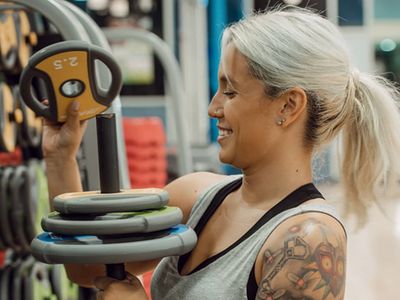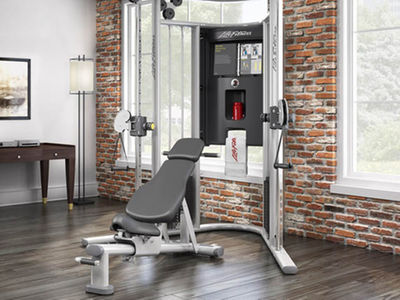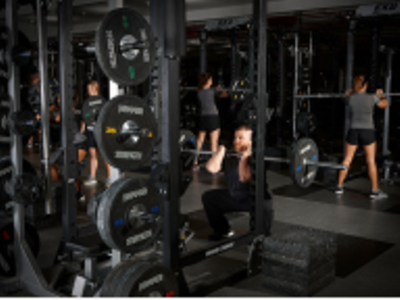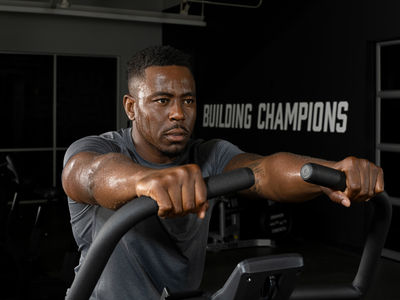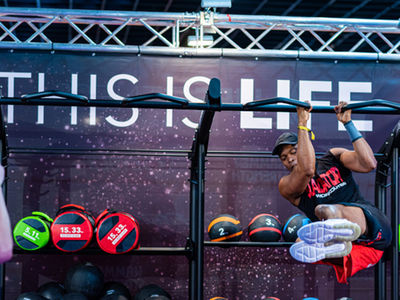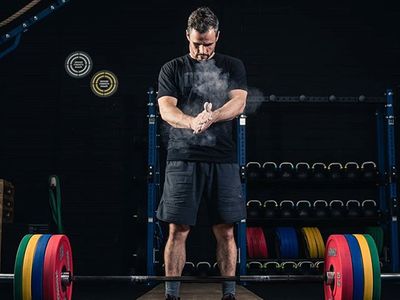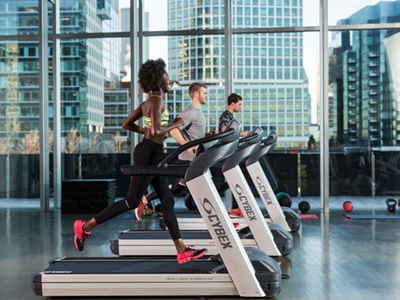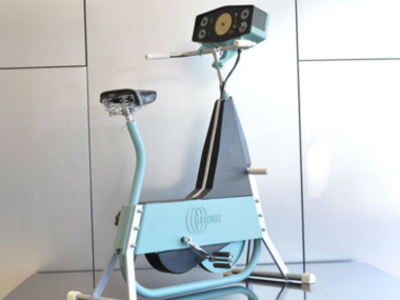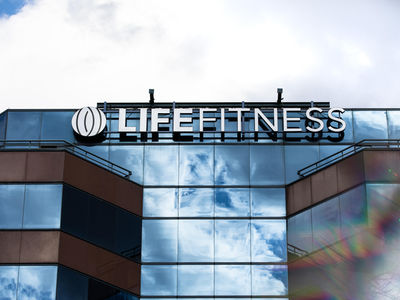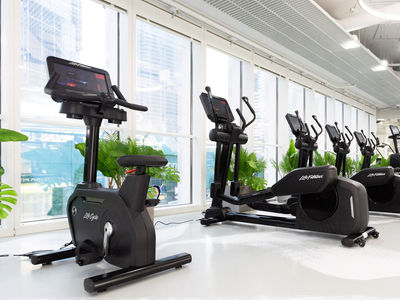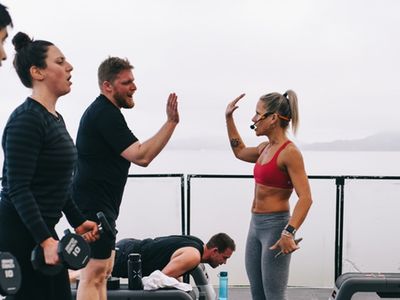If you’re short on time, skipping a warm-up might seem tempting, but preparing your body is crucial for a successful workout. A proper warm-up enhances performance and reduces the risk of injuries. By dedicating a few minutes to these warm-up exercises, you can optimize your workout experience.
Benefits of Warm-Up Exercises:
Enhanced Muscle Flexibility and Joint Mobility:
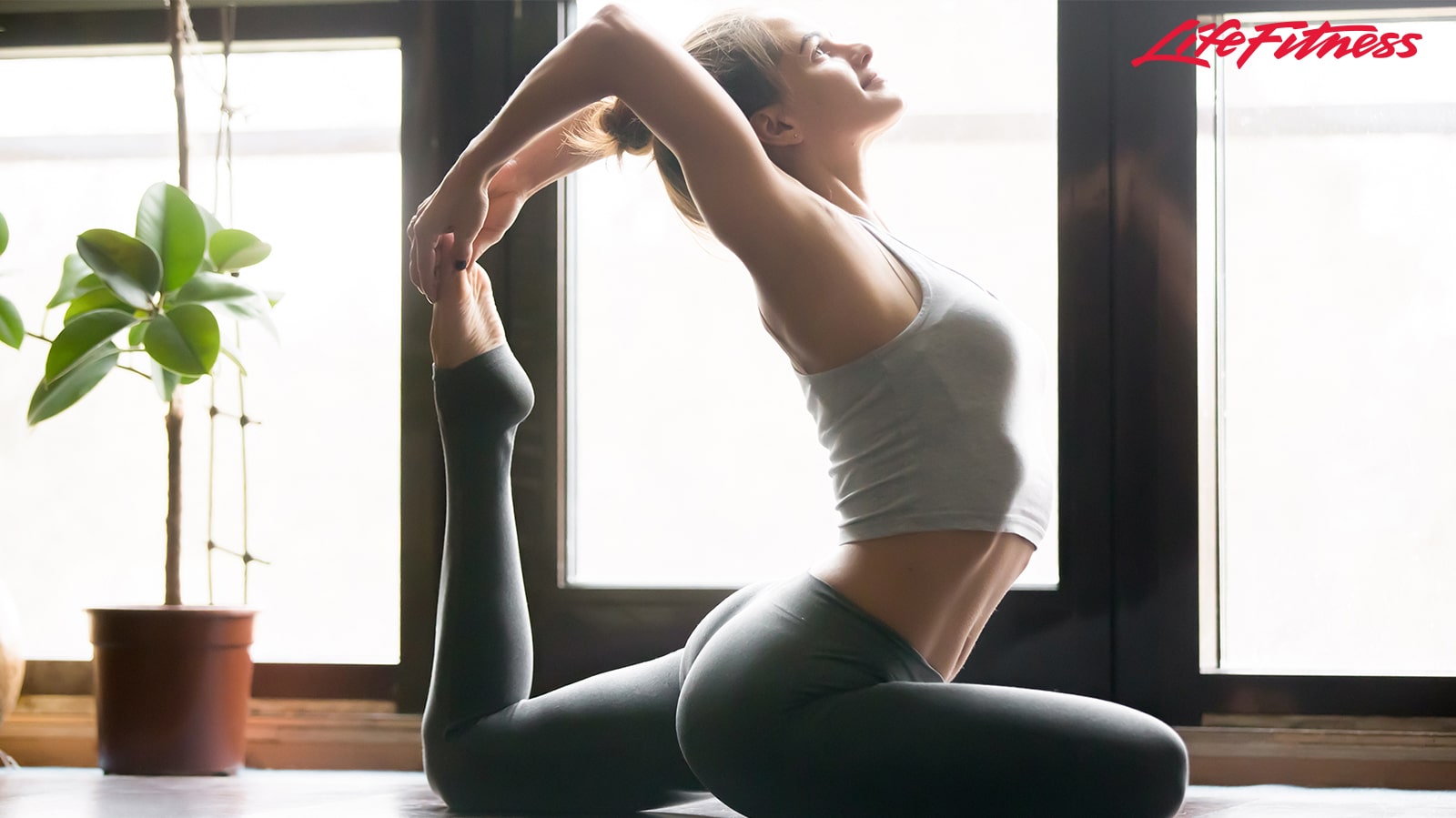
Warm-up exercises gradually increase heart rate and circulation, preparing muscles, tendons, and ligaments for the exercise’s demands.
Improve performance:
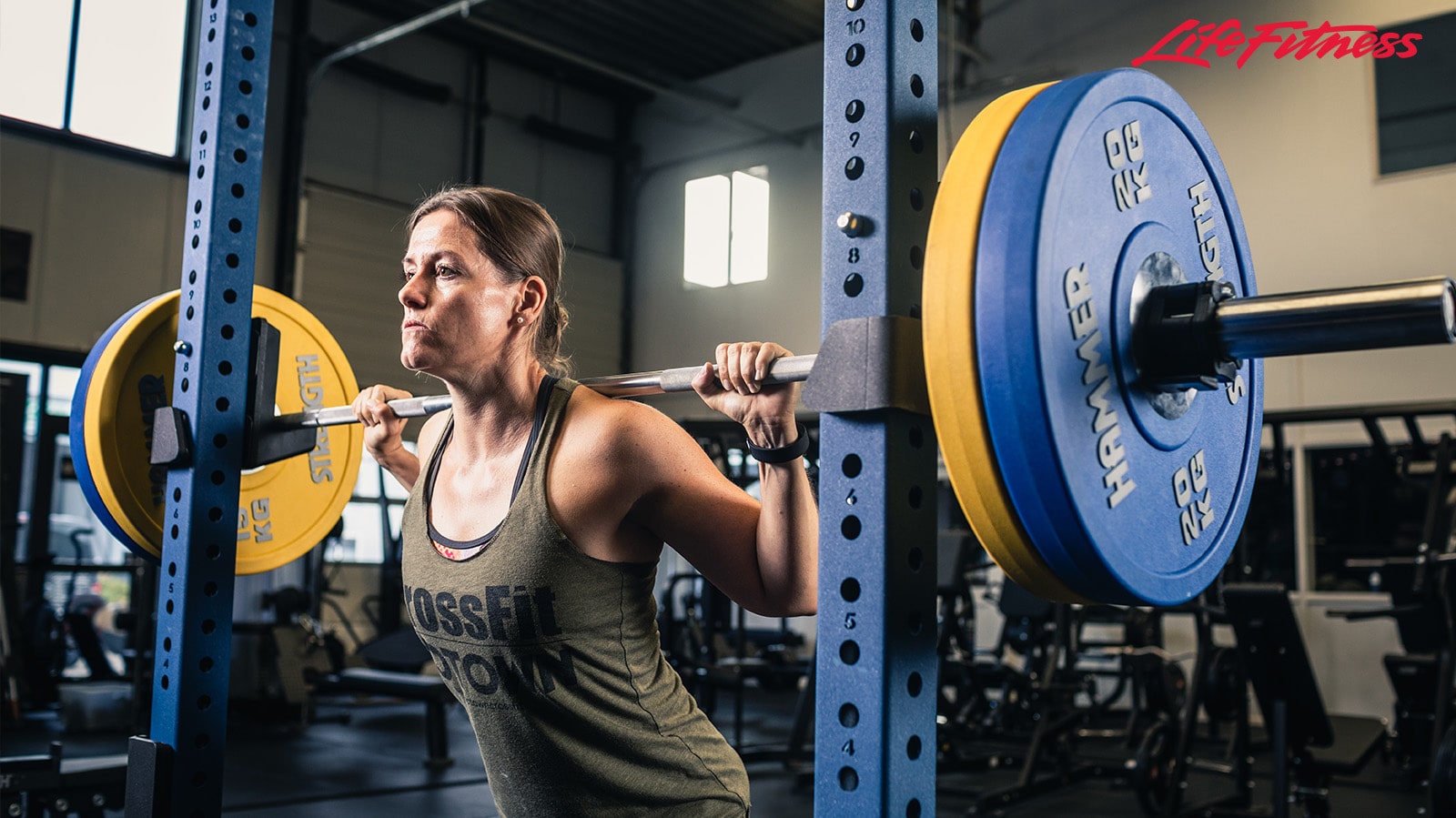
A proper warm-up prepares your nervous system and muscles to perform optimally and warmed up muscles can help you work out more effectively and efficiently
Reduced Risk of Injury:
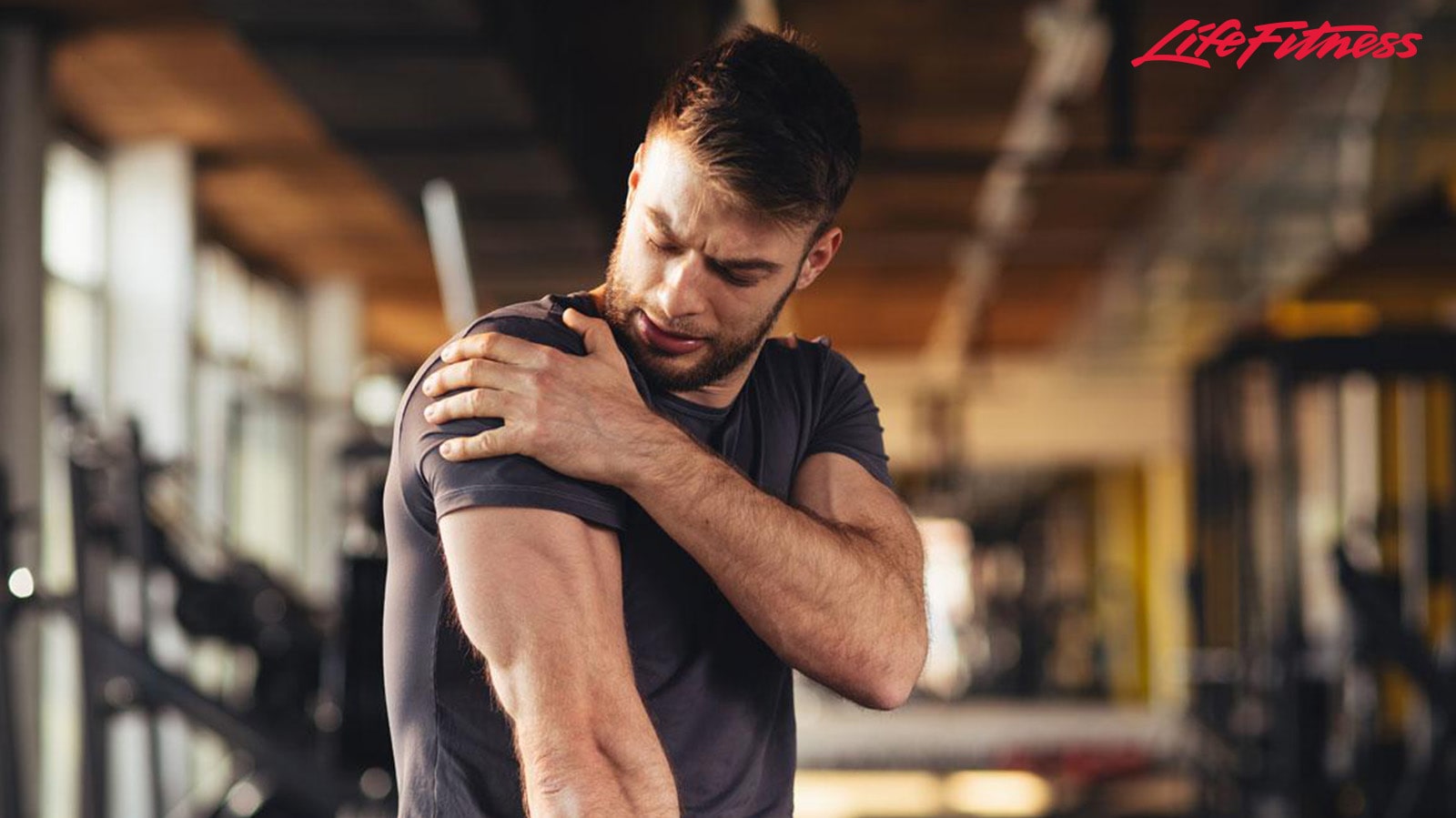
warm-up exercises reduce the risk of injury by allowing your muscles to relax before a tough workout, leading to fewer sprains, strains, and tears.
Less muscle tension and pain:
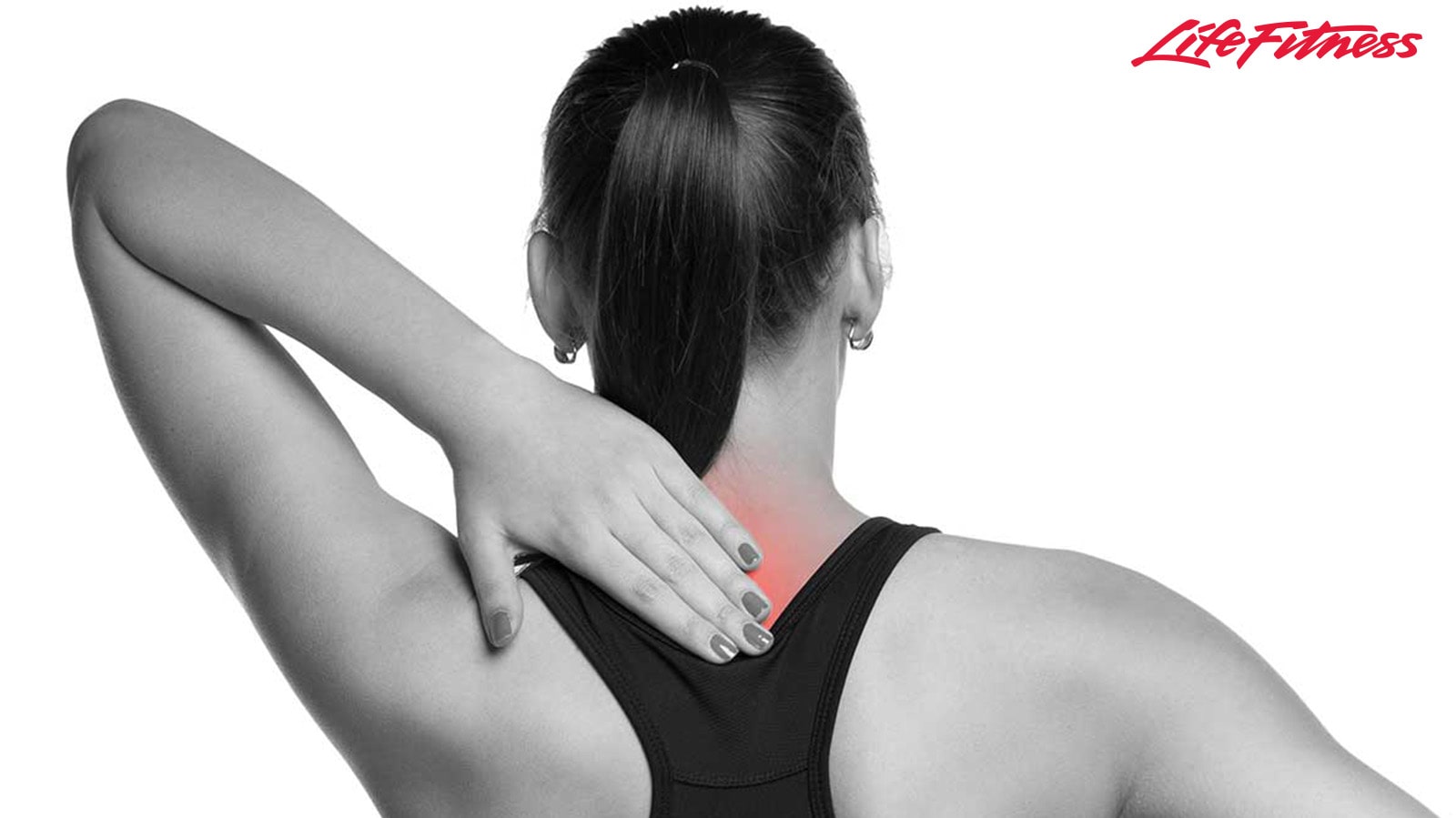
Warm and relaxed muscles can facilitate smoother movement and with less pain or stiffness.
Best Warm-Up Exercises:
These warm-up exercises are designed to prepare your muscles for various types of workouts. Start with a gentler version of each exercise to warm up gradually, then progress to a slightly more challenging intensity.
1. Arm Swings:
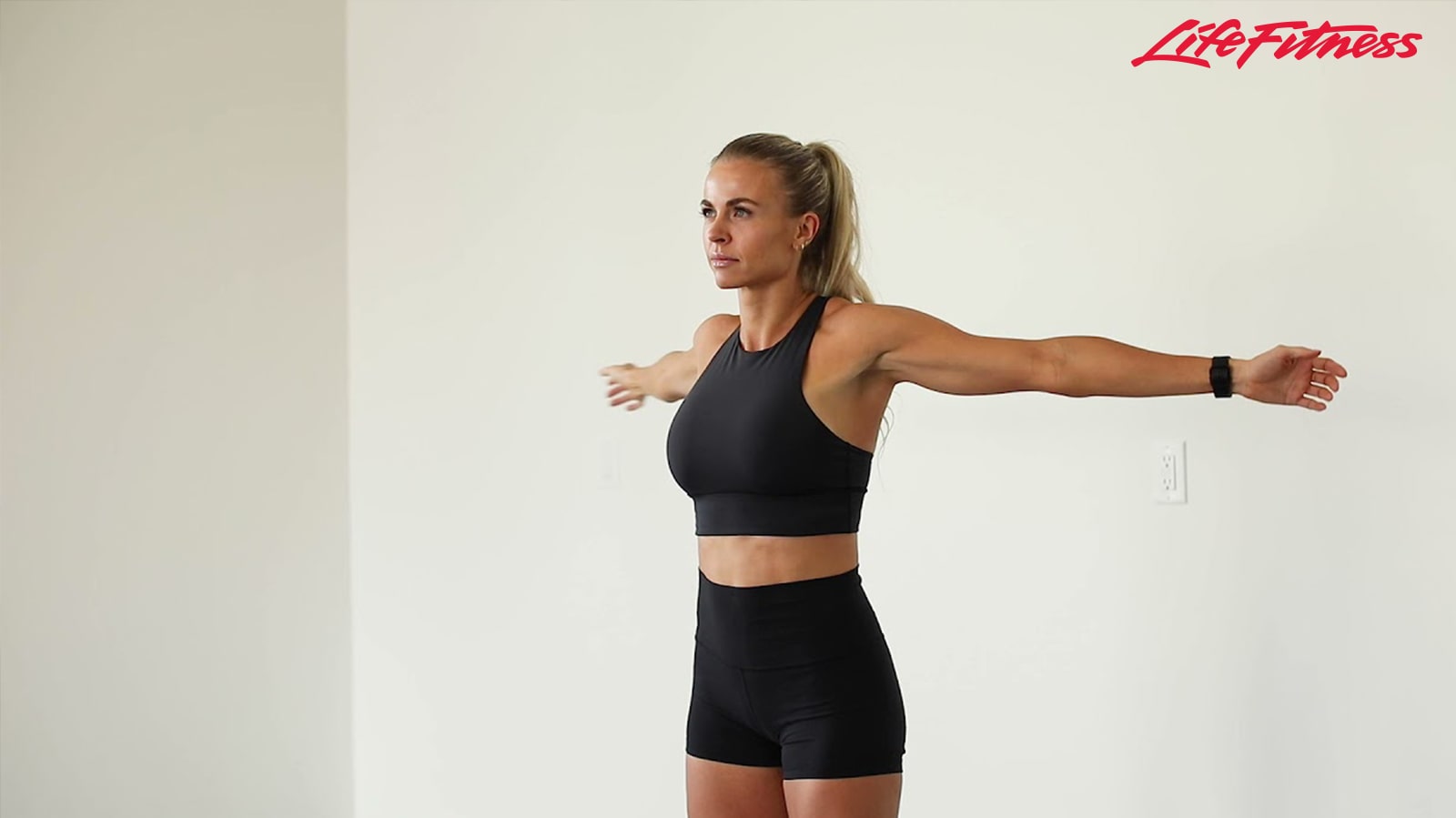
Arm swings help to loosen up the shoulders, upper back, and chest muscles. They also improve blood circulation, preparing the upper body for activities like lifting and pushing movements.
How to Do It:
- Stand with feet shoulder-width apart.
- Extend arms straight out to the sides at shoulder height.
- Swing both arms across the body in a controlled motion, alternating which arm crosses over the other.
2. Side Reaches:
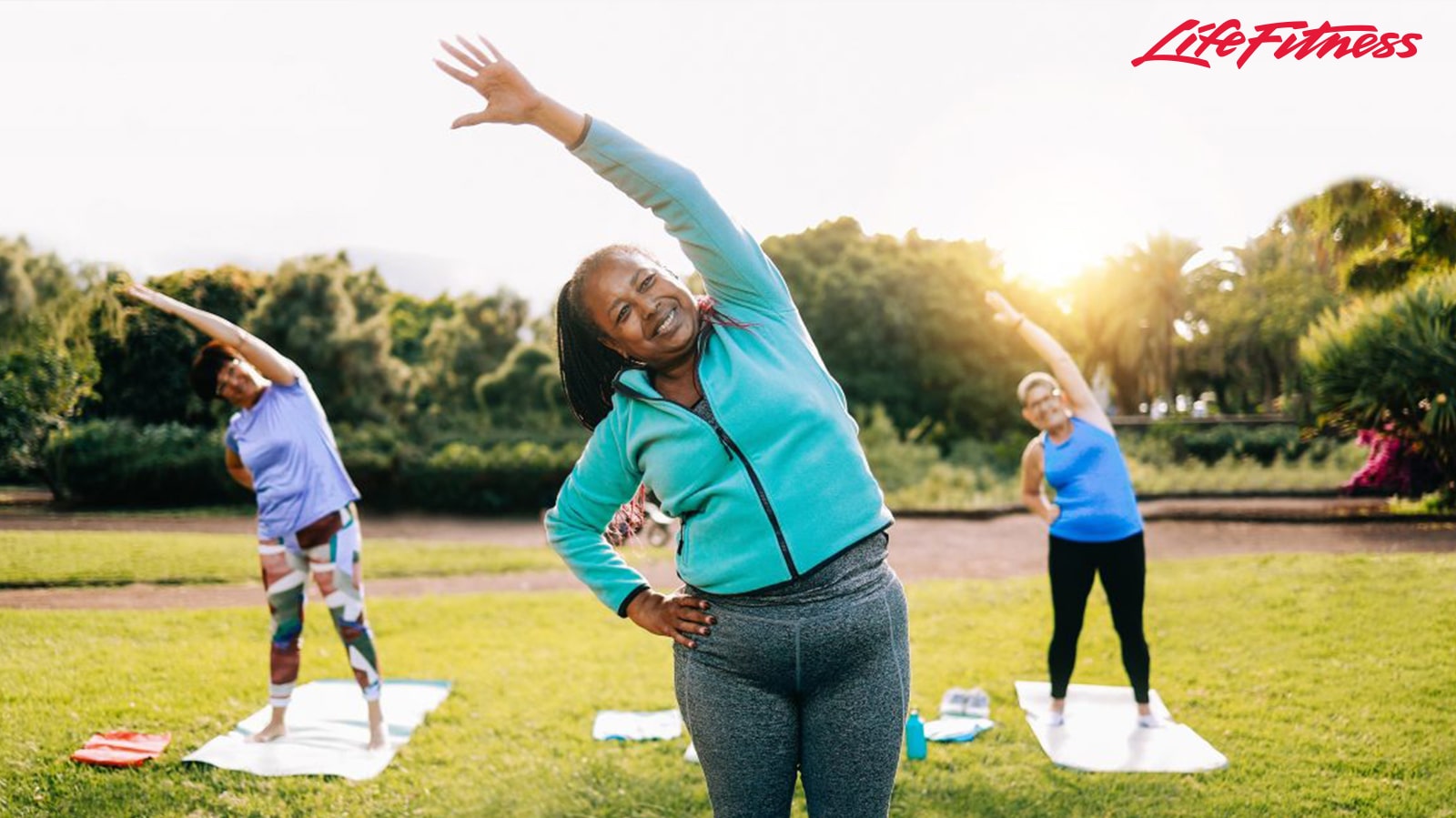
Side reaches stretch the side body, including the obliques and intercostal muscles. They enhance flexibility in the spine and shoulders, promoting a better range of motion for twisting and reaching movements.
How to Do It:
- Stand tall with feet hip-width apart.
- Reach one arm overhead to the opposite side while keeping hips stable and maintaining a slight bend in the knees.
- Hold the stretch for a few seconds, feeling the stretch along the side of your torso.
- Return to the starting position and switch sides.
3. Hip Rotations:
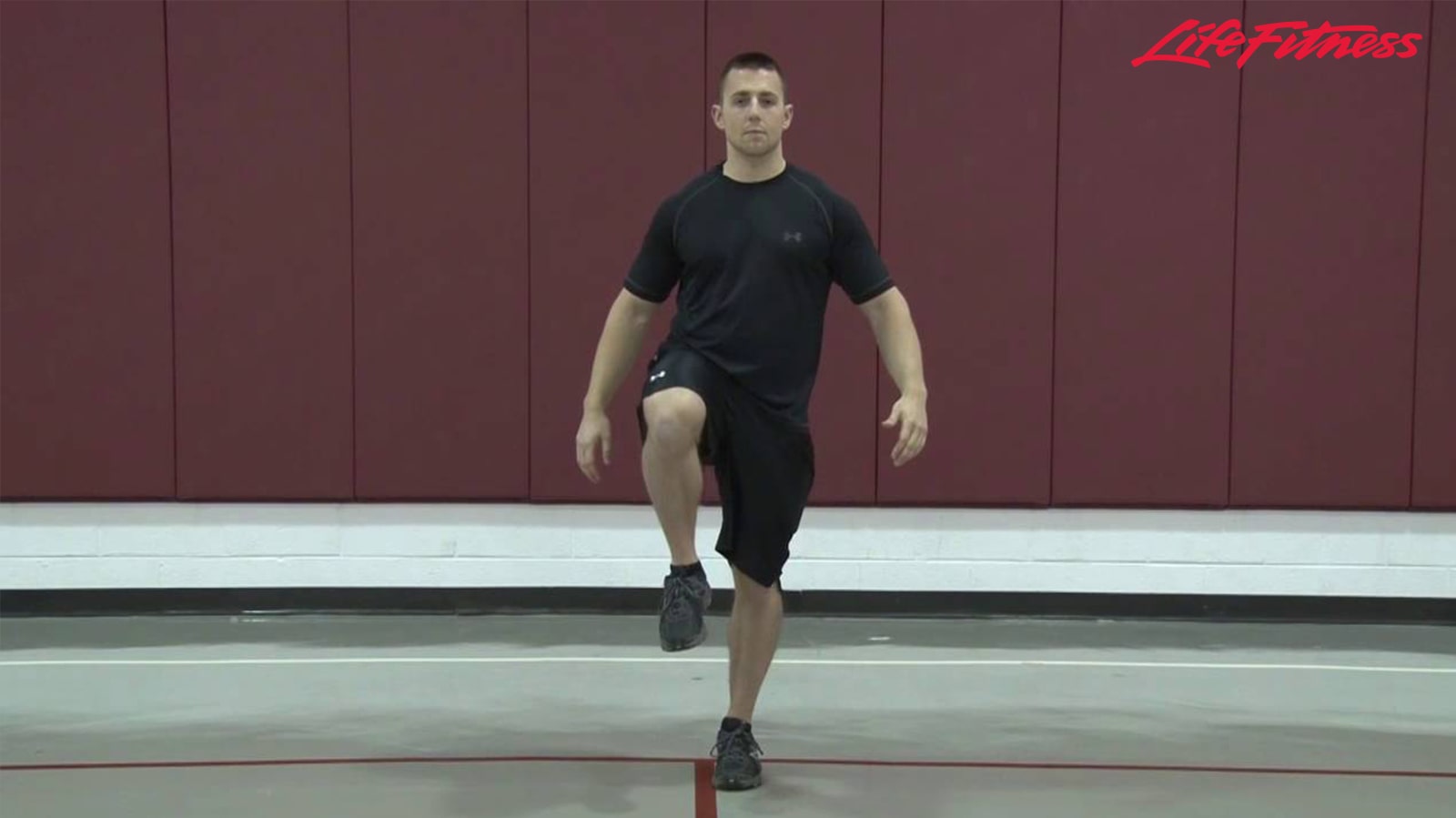
Hip rotations increase mobility and flexibility in the hips, which is essential for activities like running, jumping, and squatting. They also activate the hip abductors and adductors, improving stability and balance.
How to Do It:
- Stand on one leg with the other leg lifted slightly off the ground.
- Rotate the lifted leg’s hip in circular motions, first clockwise and then counterclockwise.
- Switch legs and repeat the exercise on the opposite side.
4. Knee Lifts:
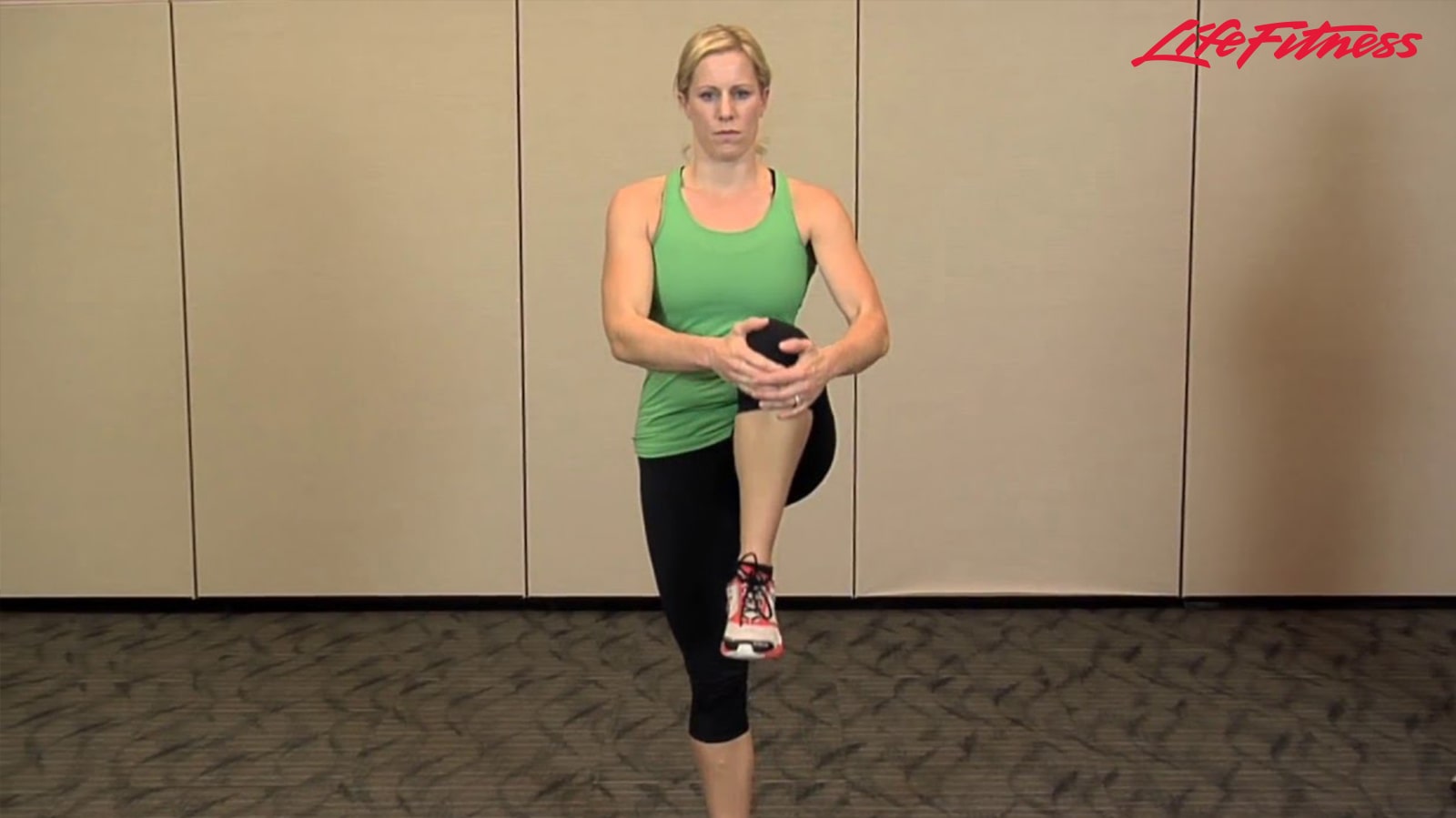
Knee lifts activate the hip flexors and improve balance and coordination. They also help warm up the core muscles and prepare them for movements that involve lifting the legs, such as running and cycling.
How to Do It:
- Stand tall with feet hip-width apart.
- Lift one knee toward the chest as high as comfortable while maintaining good posture.
- Hold briefly at the top of the movement, engaging the core muscles for stability.
- Lower the leg back to the starting position and repeat with the opposite leg.
5. Squats:
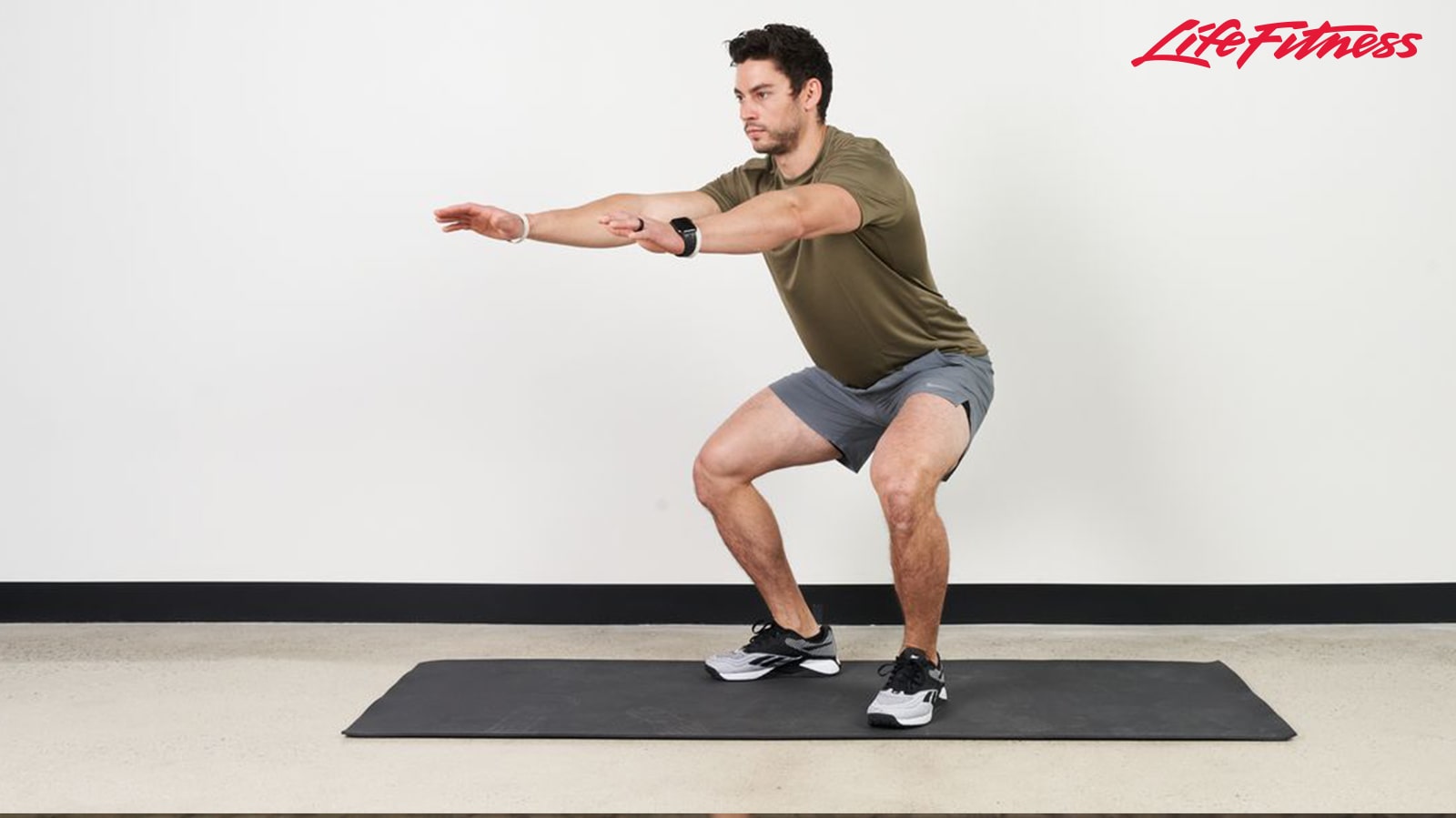
Squats engage the major muscle groups of the lower body, including the quadriceps, hamstrings, and glutes. They improve lower body strength and endurance, enhance mobility in the hips and knees
How to Do It:
- Stand with feet slightly wider than shoulder-width apart, toes pointed slightly outward.
- Keeping your chest up and core engaged, lower your body by bending your knees and hips as if sitting back into a chair.
- Keep your knees behind your toes and weight in your heels throughout the movement.
- Lower down until your thighs are parallel to the ground, if possible, then push through your heels to return to the starting position.
Conclusion:
Often neglected, warmup exercises are essential for any workout routine. Your body needs to engage in some activity to prepare your muscles before you start exercising. Warming up can improve flexibility, enhance athletic performance, and lower the risk of injuries.
Disclaimer:
This blog post does not provide medical advice. It is for information purposes only. It is not a substitute for medical advice, diagnosis, or treatment. Never ignore professional medical advice when seeking treatment because of something you have read on the Life Fitness India site. If you need a medical emergency, contact your doctor immediately.

